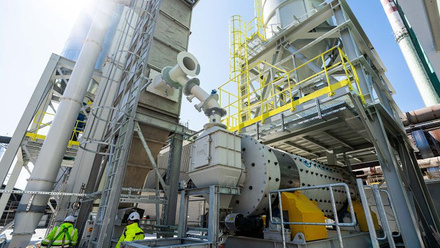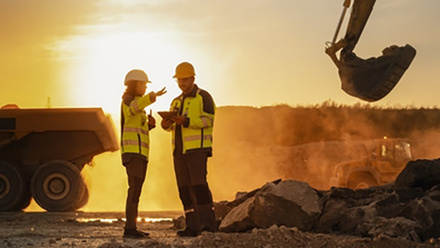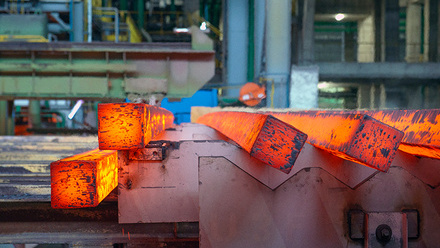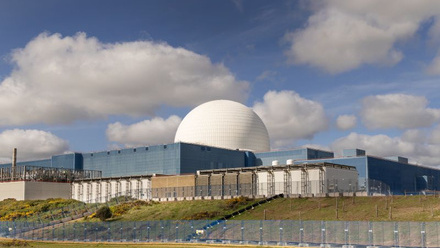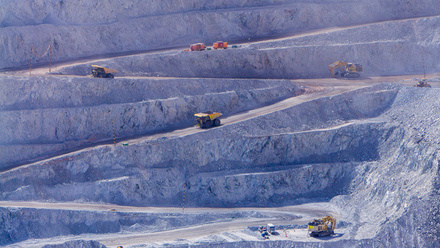Framing mineral resource governance
As the world gears up for a green recovery, calls grow stronger for a new framework of mineral resource governance to tackle issues such as sand and mine tailings management – topics explored at a recent webinar organised by the UN Environment Programme (UNEP) and the Green Growth Knowledge Partnership.
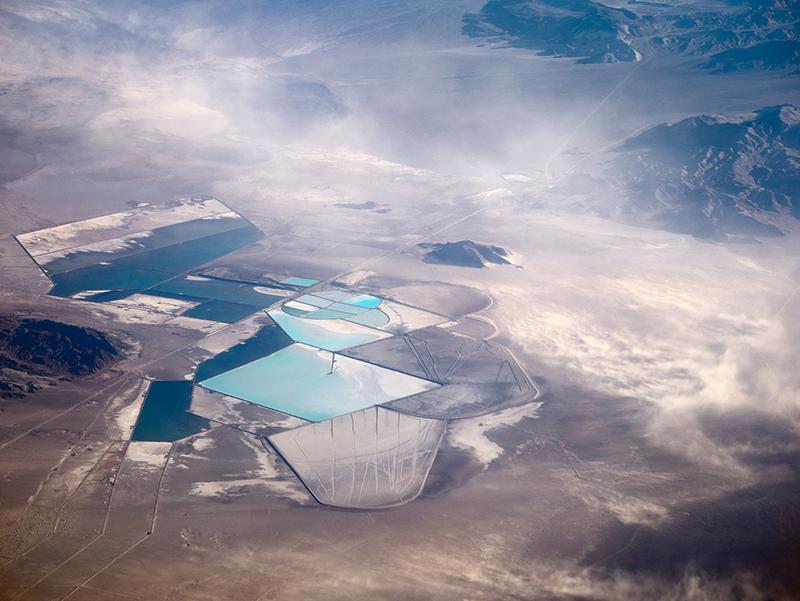
The UNEP’s report, Mineral Resources Governance in the 21st Century, explains how minerals underpin global development and are critical to achieve the UN Agenda 2030 and its Sustainable Development Goals (SDGs). This could translate into copper that wires communication, lithium and cobalt fuelling the global transition in electric energy, or the garnet that filters water.
The publication cites how the demand for minerals is being driven by climate change and the renewable energy transition. Graphite, lithium and cobalt, for example, are expected to experience significant production increases by 2050 to meet the growing demand.
However, Antonio Pedro from the UN Economic Commission for Africa, one of the report’s lead authors speaking at the event, noted that, ‘[The governance framework at the moment] is a spaghetti bowl with many actors, divergent interests, power asymmetries, several unfinished businesses and new hot spots, which impair our ability to make constructive change’.
He called the issue a ‘joint responsibility’ anchored around respect of planetary boundaries and achieving resource efficiency, a circular economy and life-cycle analysis.
Elephant in the room
‘40-50Bt of sand are used every year, it’s the second most-used resource in the world after water’, said Louise Gallagher, Environmental Governance Lead at UNEP/GRID-Geneva Global Sand Observatory Initiative. ‘And yet, it is not featured or accounted for in the current mineral resource governance framework.’
Construction is the biggest sector for sand usage, but it is not the only one, as high-quality sand, in the form of silicon, is heavily used in technology.
‘The extraction of sand is what is most worrying as it is having an impact on rivers, beaches and marine water,’ Gallagher continued. ‘It is changing our biodiversity and eco-system integrity that could have an impact on fisheries and climate resilience.’
She argued that the lack of acknowledgement of sand in mineral resource governance is perpetuating a storyline that is no longer true. ‘We’ve been telling ourselves that sand is cheap, and available and free, but that might be true in geological times, but not in human times.’
Tackling tailings
The issue of mine tailings’ management has been a prominent topic of discussion for many years, heightened, more recently, by the dam failure in Brumadinho, Brazil.
Franziska Hirsch, from the UN Economic Commission for Europe, said, ‘The increase of mineral resource extraction to produce the clean energy technology to be able to limit climate change also means an increase in hazardous waste which needs to be stored in more and more tailings. Safety must thus be a priority and we cannot continue business as usual.’
2020 marked an important milestone in this direction as UNEP, the Principles for Responsible Investment and the International Council on Mining and Metals, launched the Global Industry Standard on Tailings Management.
Aidan Davy, Chief Operating Officer and Director of the Environment Programme at the ICMM, shared that the Standard aims to achieve the ultimate goal of zero-harm to people and the environment, covering the entire tailings life-cycle from site selection through to closure and post-closure.
‘[The Standard] elevates accountability to the very highest organisational level and establishes very clear expectations around what transparency in disclosure should look like,’ he added.
As the Standard comes into force, supporting it will be the next challenge. Angela Kariuki, a Law Officer at UNEP, agreed with other speakers stating, ‘The next step to support the global tailings management standard’s implementation is to establish an independent international institution that is self-sustaining, acts as a knowledge hub of best practice and reflects a multi-stakeholder process in order to ensure the highest levels of transparency and an identifiable degree of independence from the mining industry.’
Extracting potential
If managed well, the extractive sector can play a positive role in promoting broad-based development and structural transformation of economies, notes the report, Mineral Resource Governance in the 21st Century/UNEP. Key points include:
- Poverty eradication – Mining generates significant revenue streams through taxes, royalties and dividends for governments to invest in socioeconomic development.
- Clean water, sanitation and life on land – Mining requires access to land and water, which gives rise to significant and wide-ranging landscape impacts that must be managed responsibly.
- Affordable clean energy and climate action – Mining activities are also energy- and emissions-intensive in terms of the production and downstream uses of mining products.
- Decent work and economic growth – Mining can alter the lives of local communities, offering opportunities for jobs and training, while contributing to economic and social inequities if not appropriately managed.
- Industry, innovation and infrastructure – Mining can help drive economic development and diversification through direct and indirect economic benefits, development of new technologies and the construction of new infrastructures.
Also see Materials World, July/August 2020, for an article on Tailings: are lessons being learnt? And listen to IOM3 podcasts on responsible mining at bit.ly/IOM3-Investigates-Podcast.


